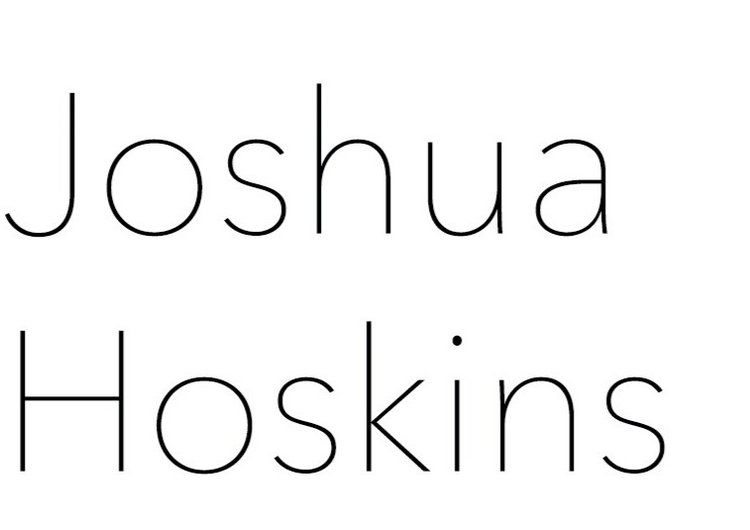Since moving to Berlin in 2017, I’ve been fascinated by the homes of the villages that surround it in Brandenburg. They are of a specific shape and style that I was only familiar with but had never seen in person: simple yet elegant, consisting mainly of a rectangular box with a triangular-shaped roof.
The home is a mysterious Objekt—an object mostly only seen from the outside, whose interior spaces we will never know. These homes forever remain closed to us. To enter an unfamiliar home is to be transported to another world, much like Dorothy in The Wizard of Oz.
I want to use the familiar shape of these homes here in Brandenburg to explore the unknown hidden behind everyday objects. Objects that are to be looked through rather than looked at. Instead of just peering into the window of an unfamiliar home like a voyeur, I want these “Objekts” to be portals where the entire shape of the home transports the viewer to someplace else in time and space.
